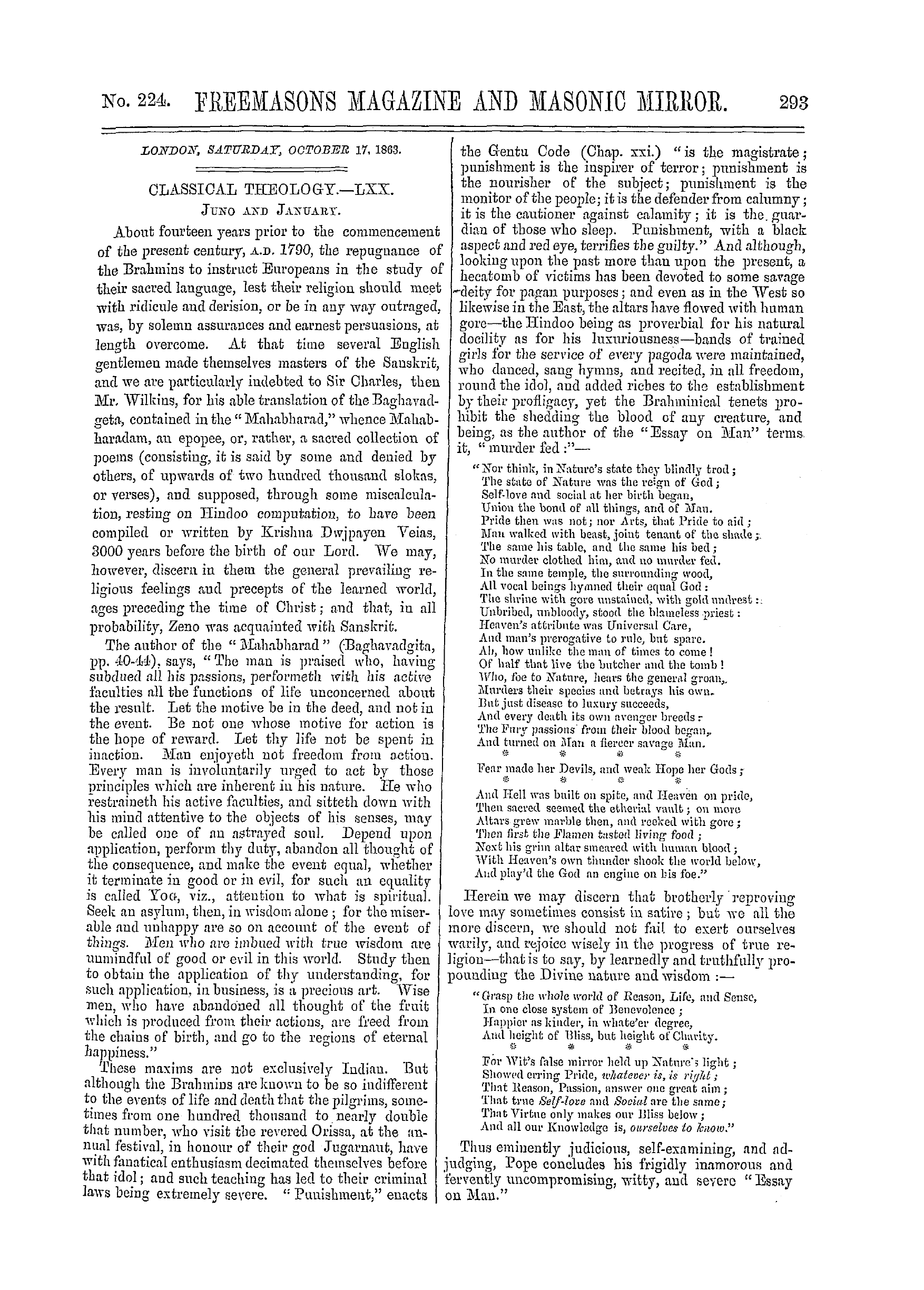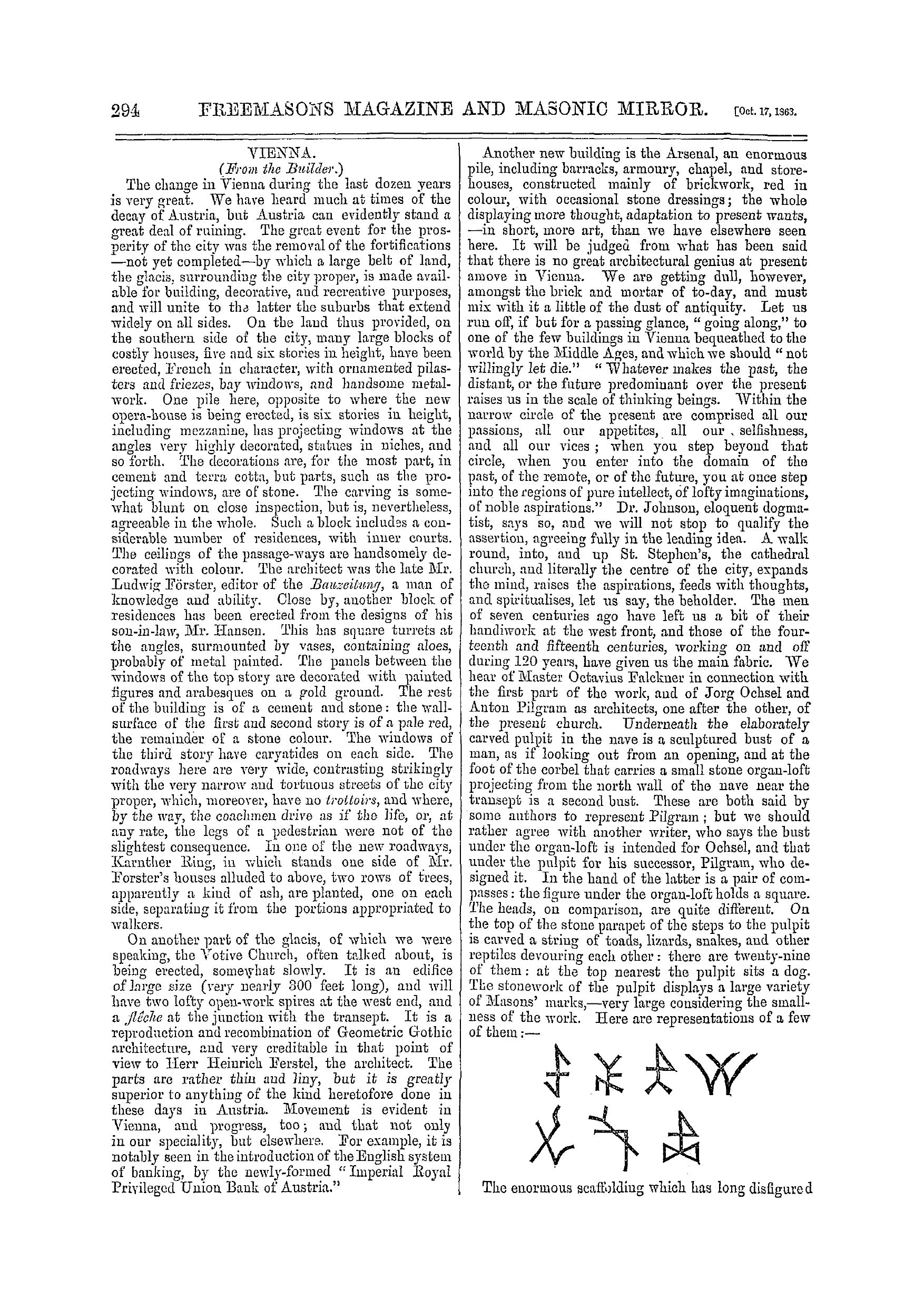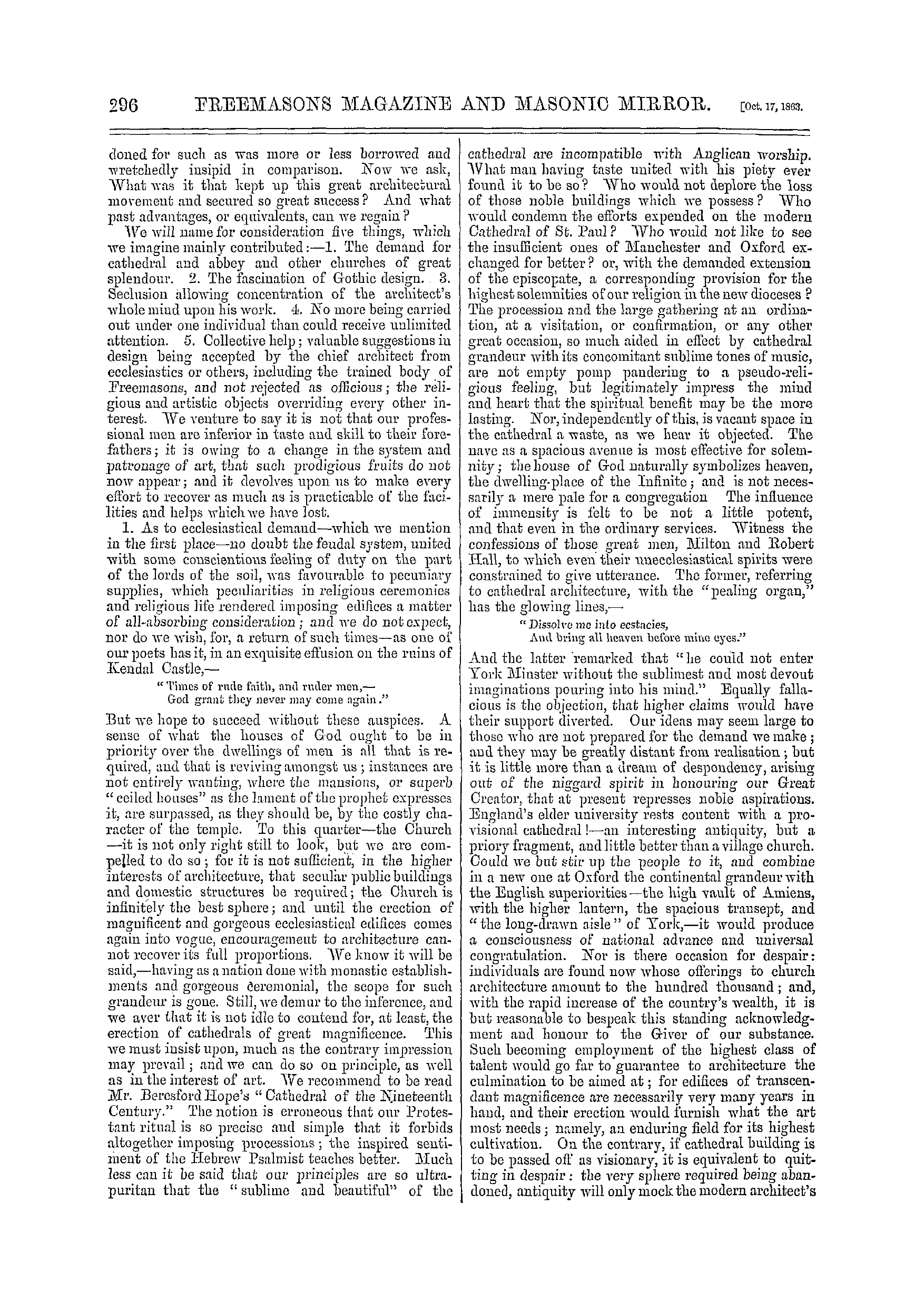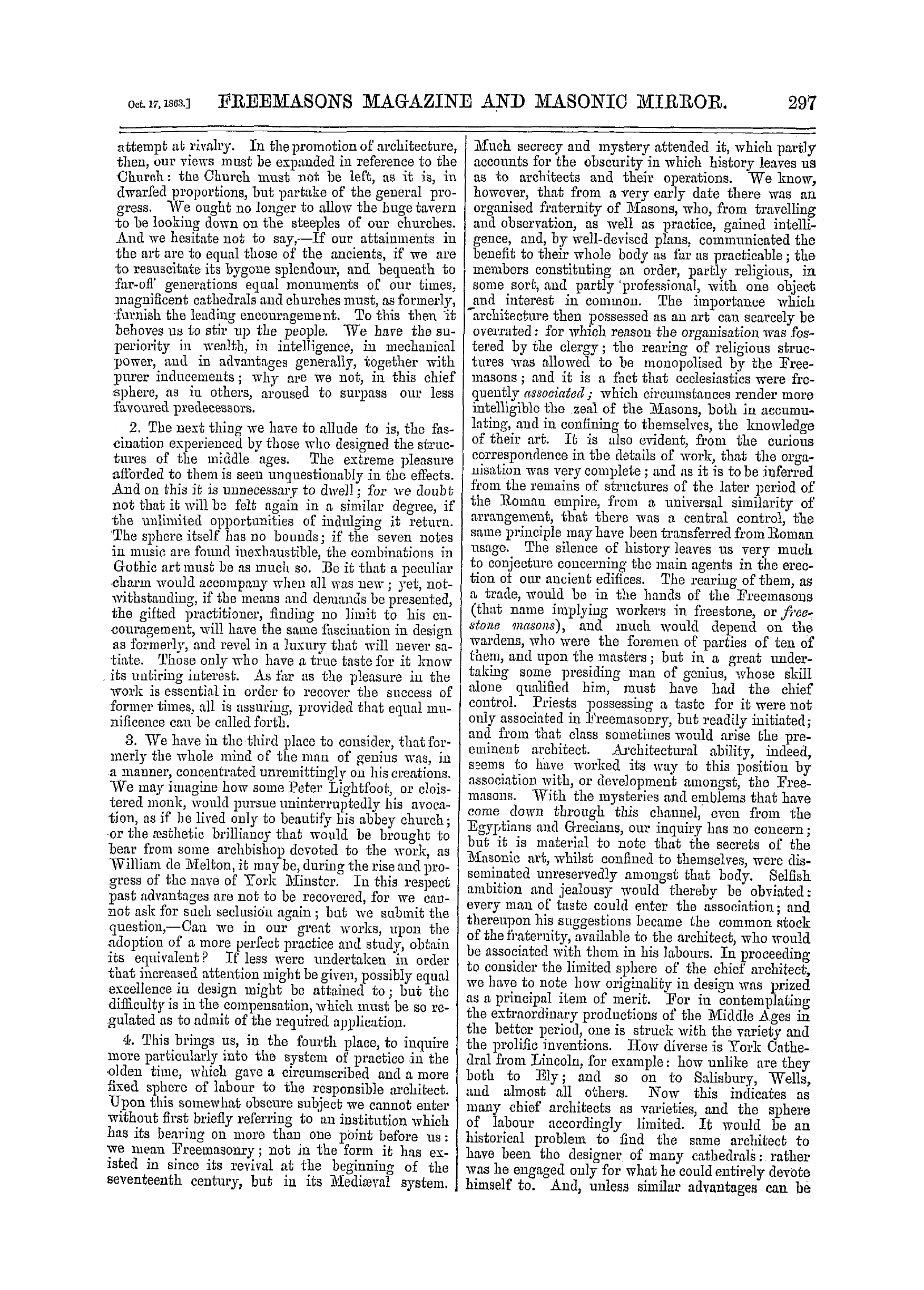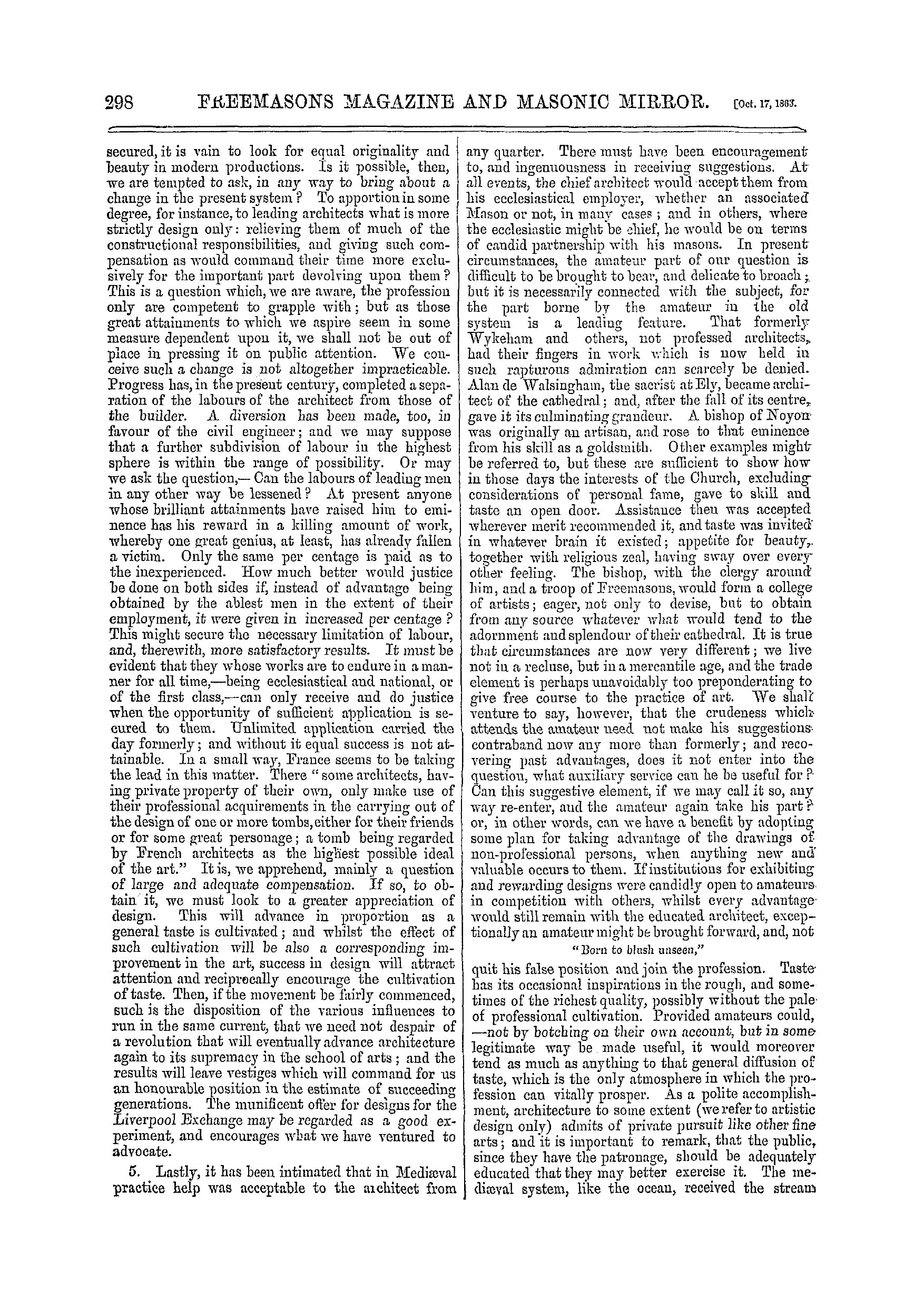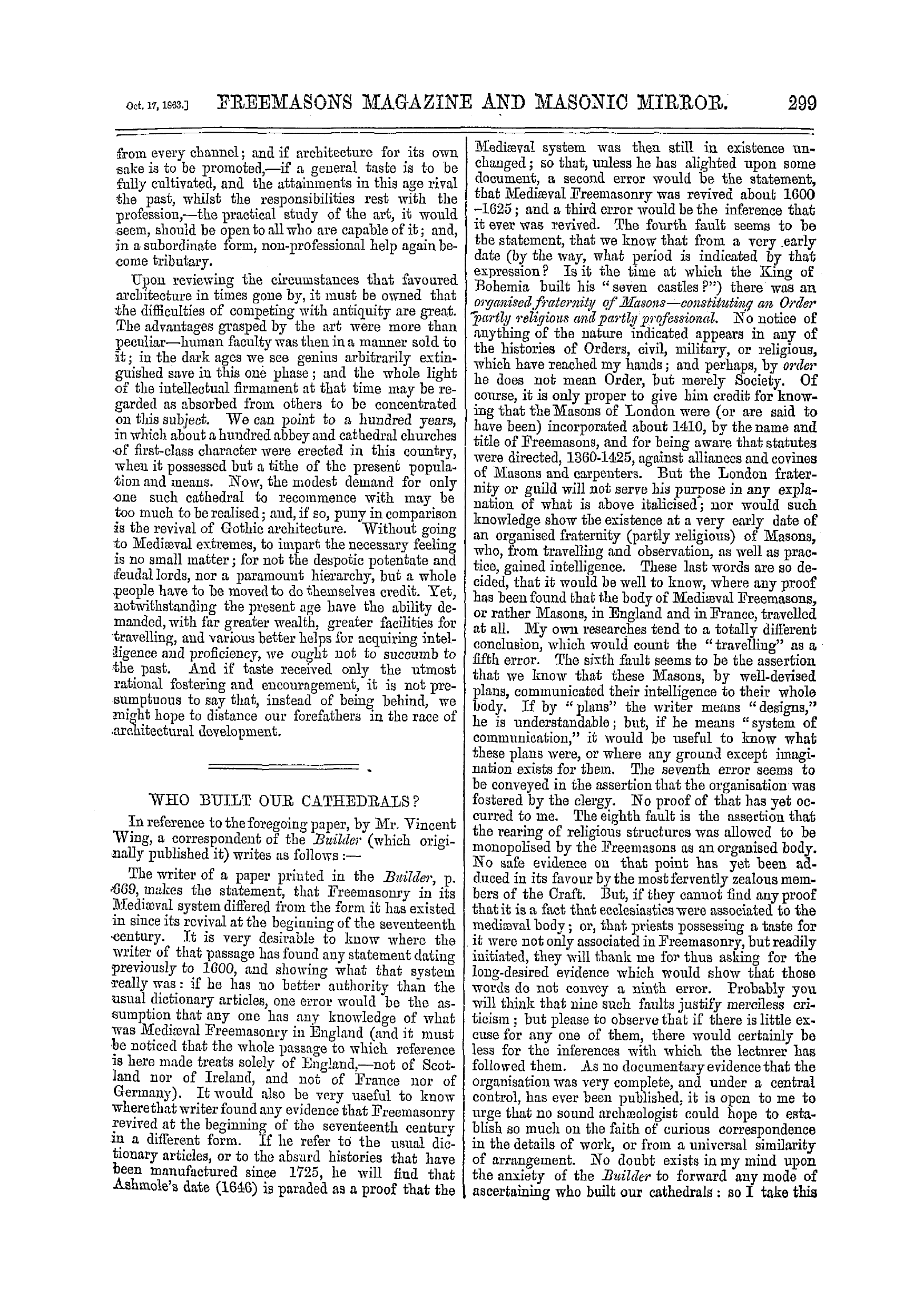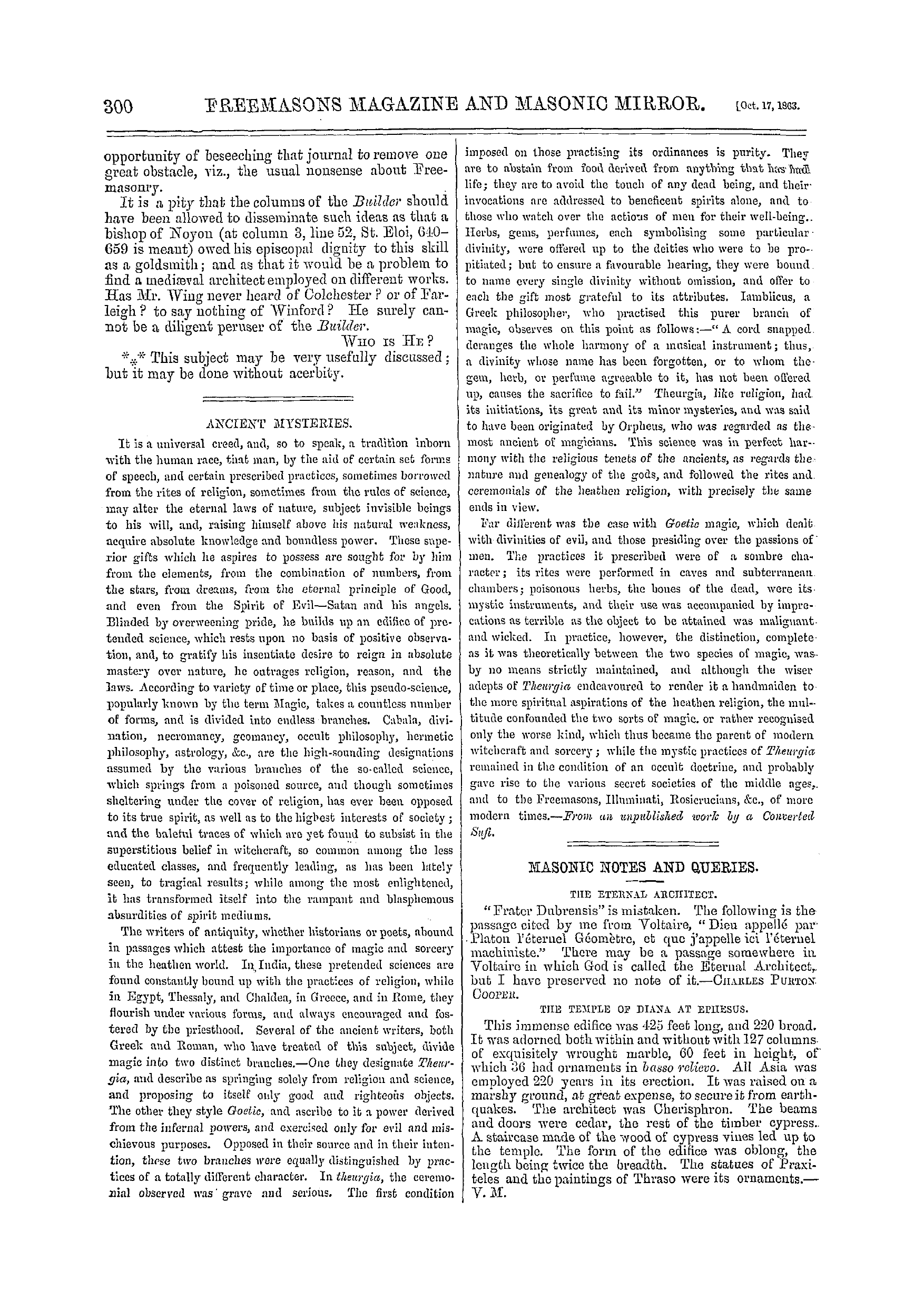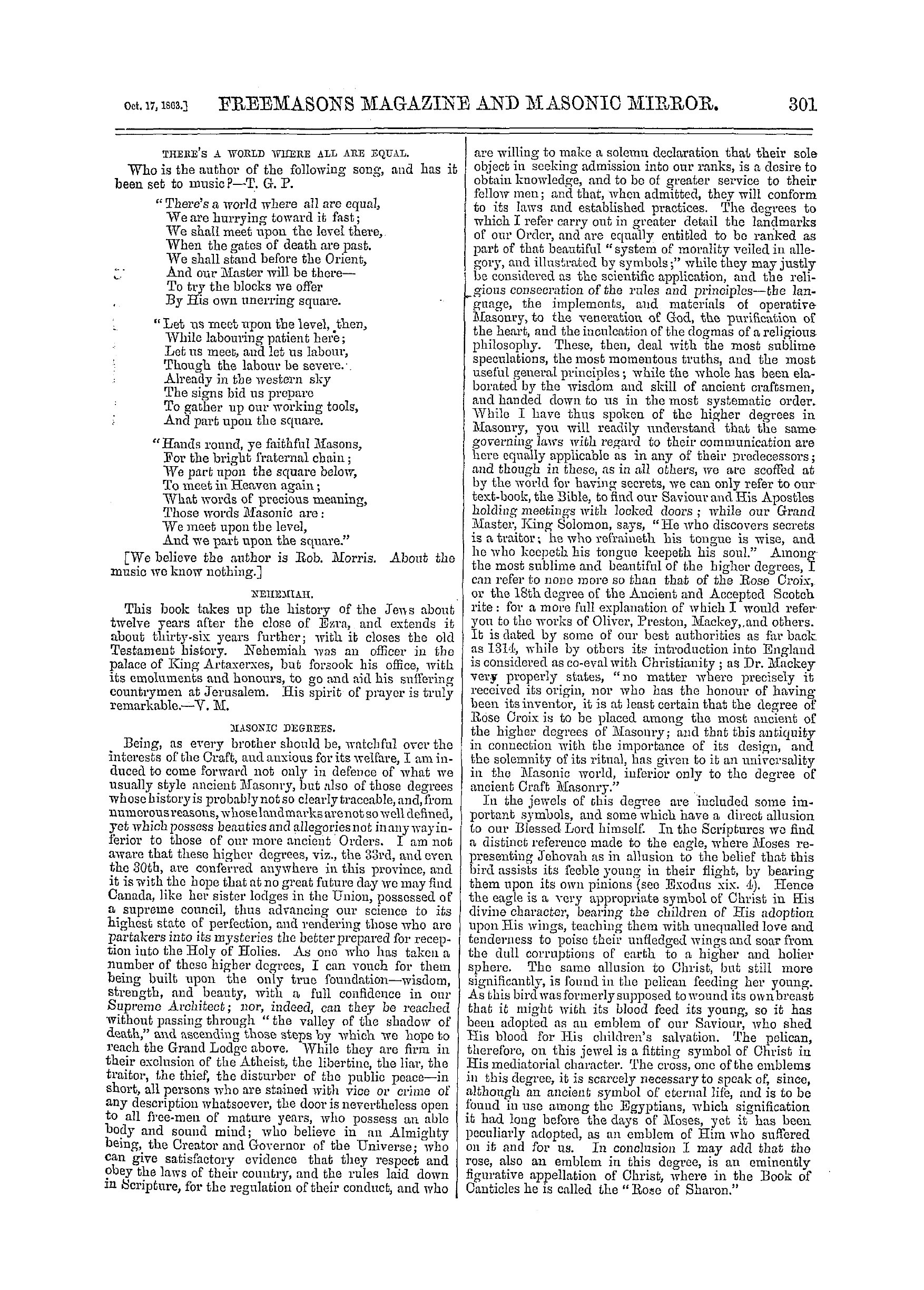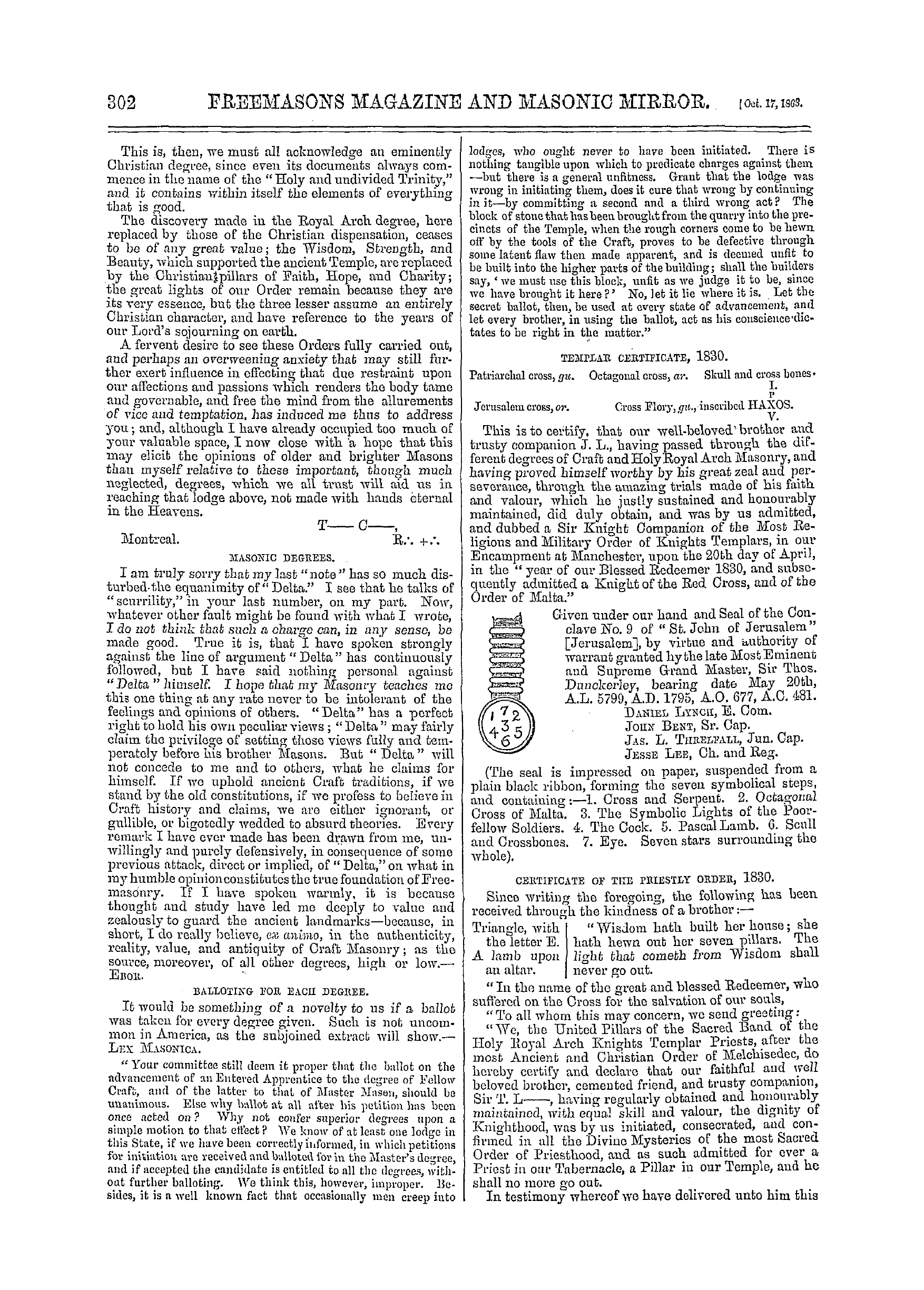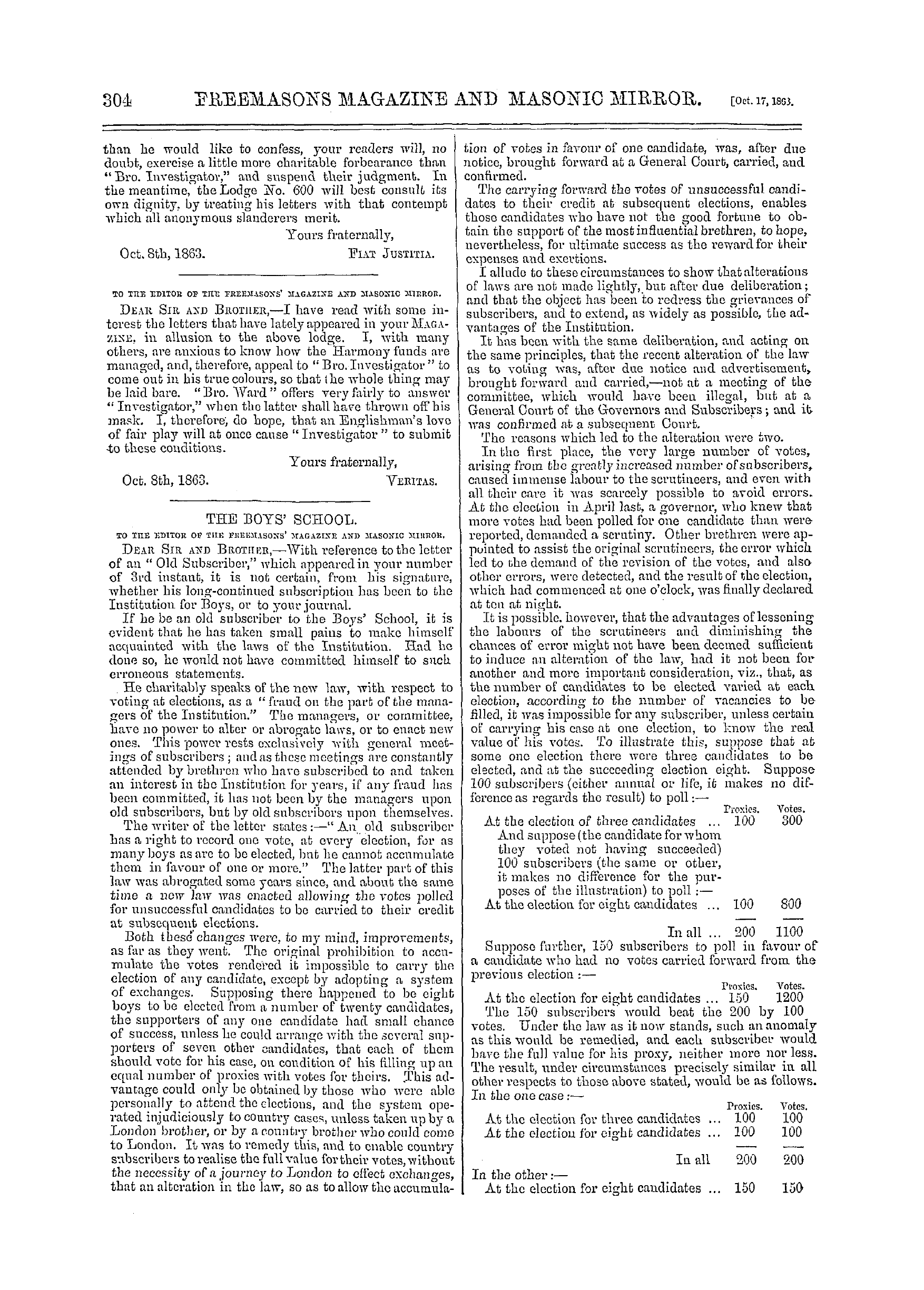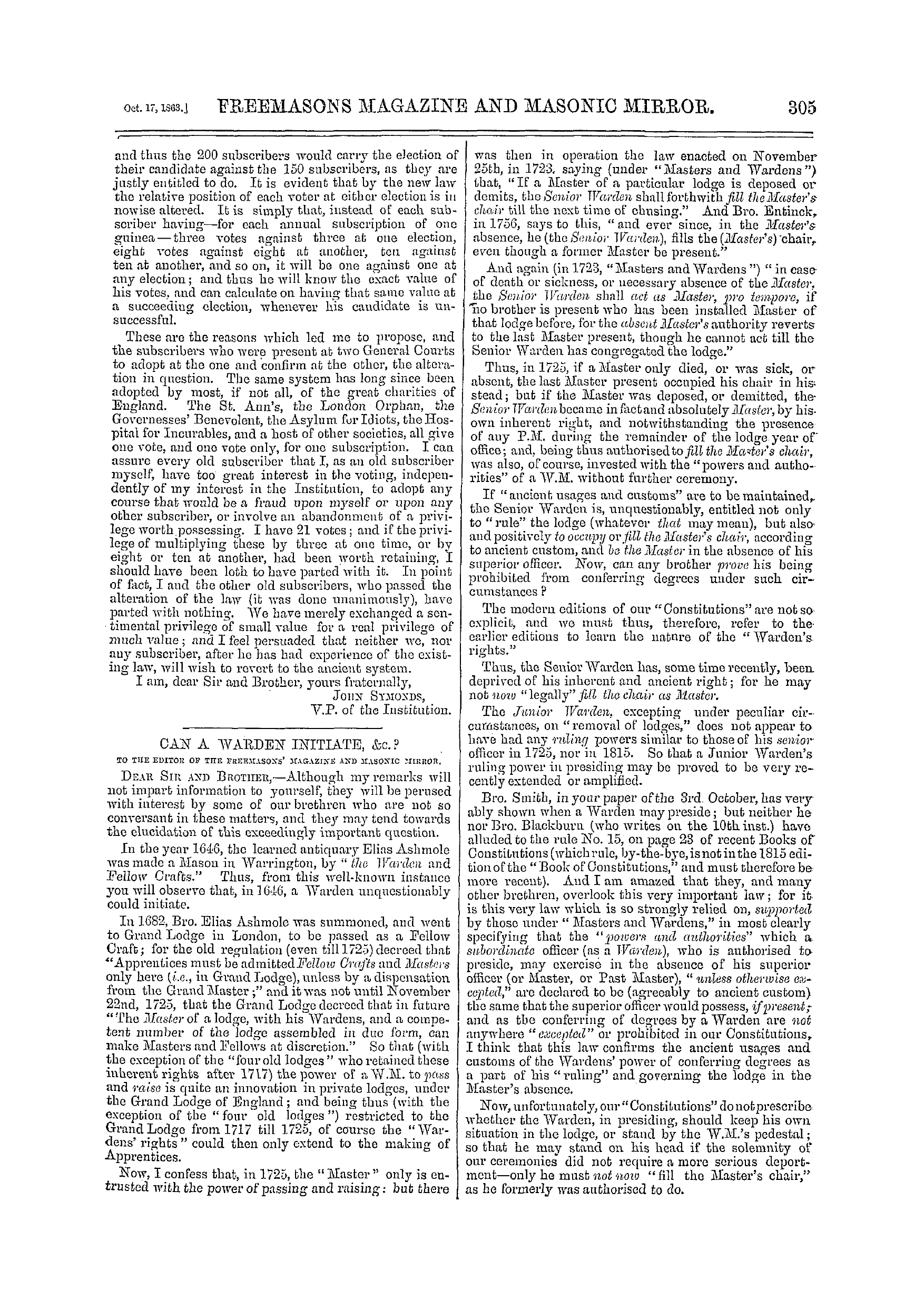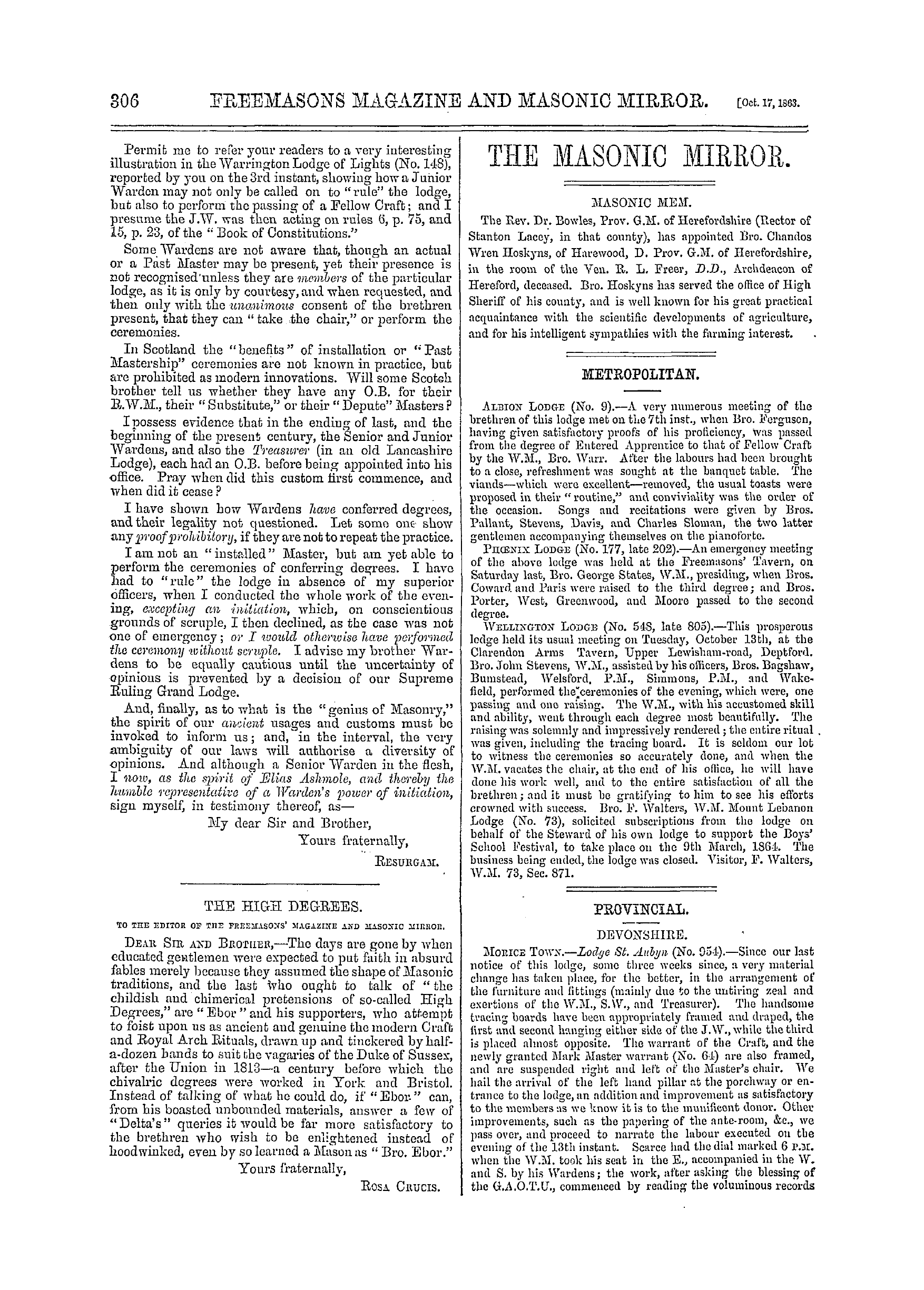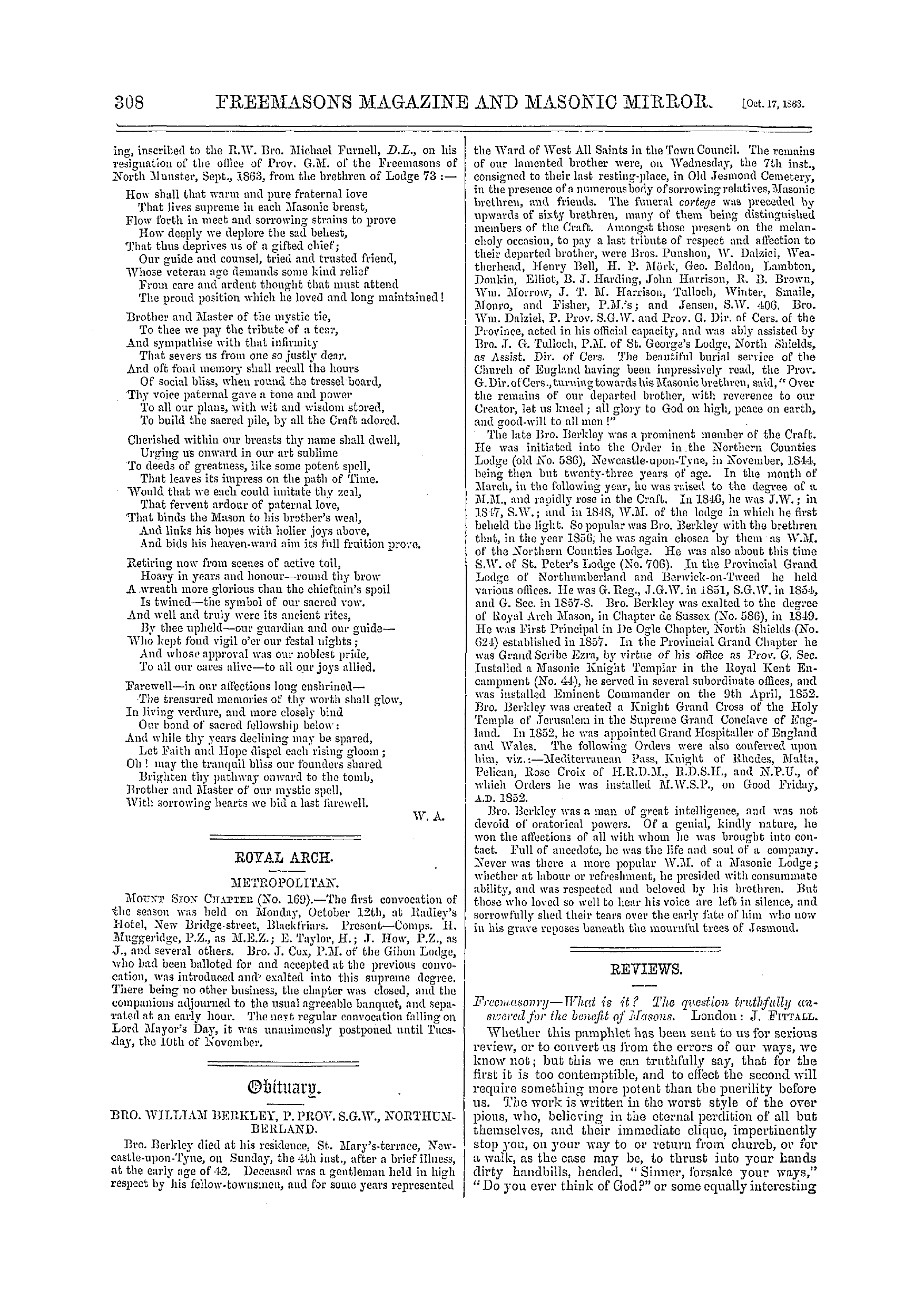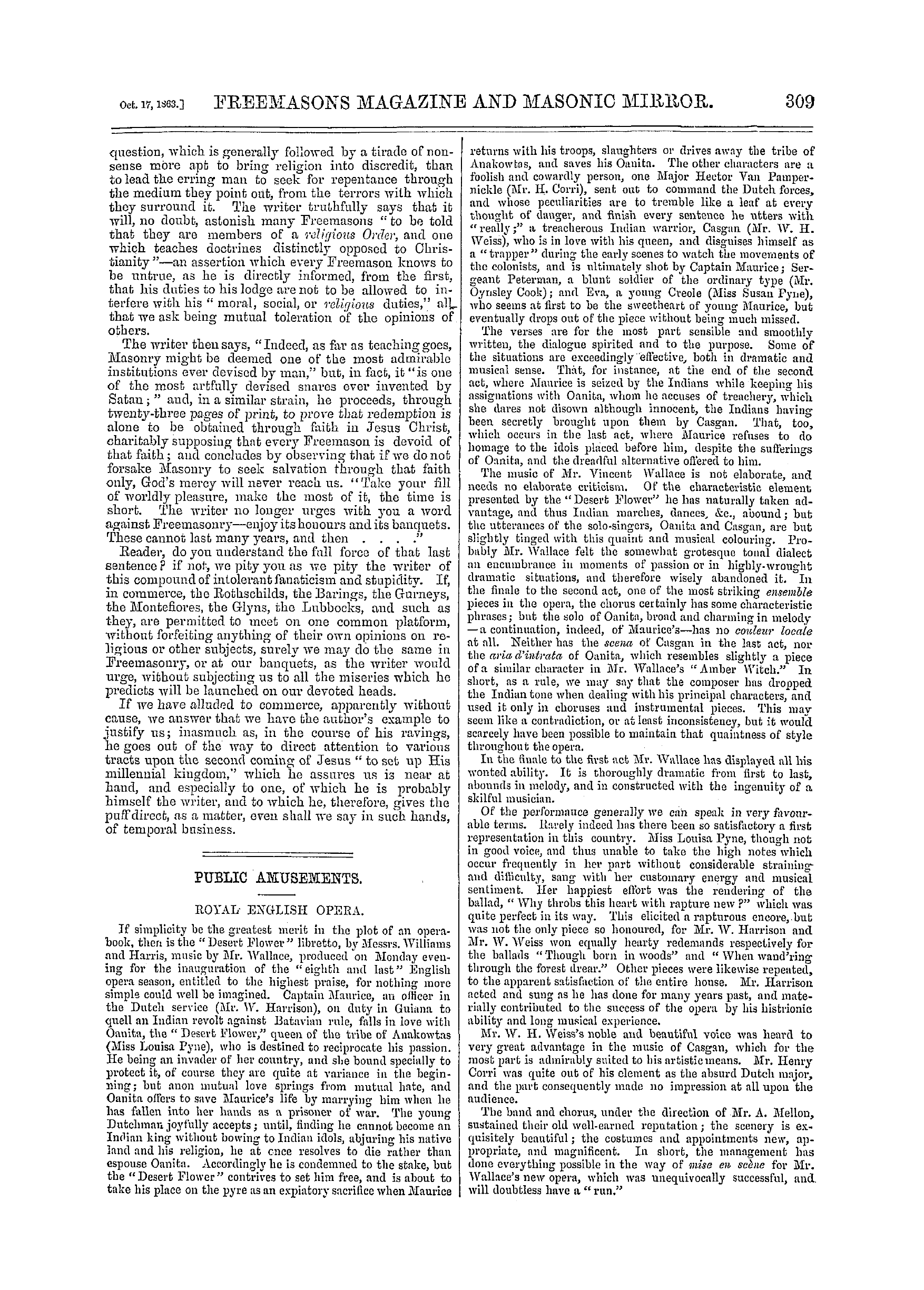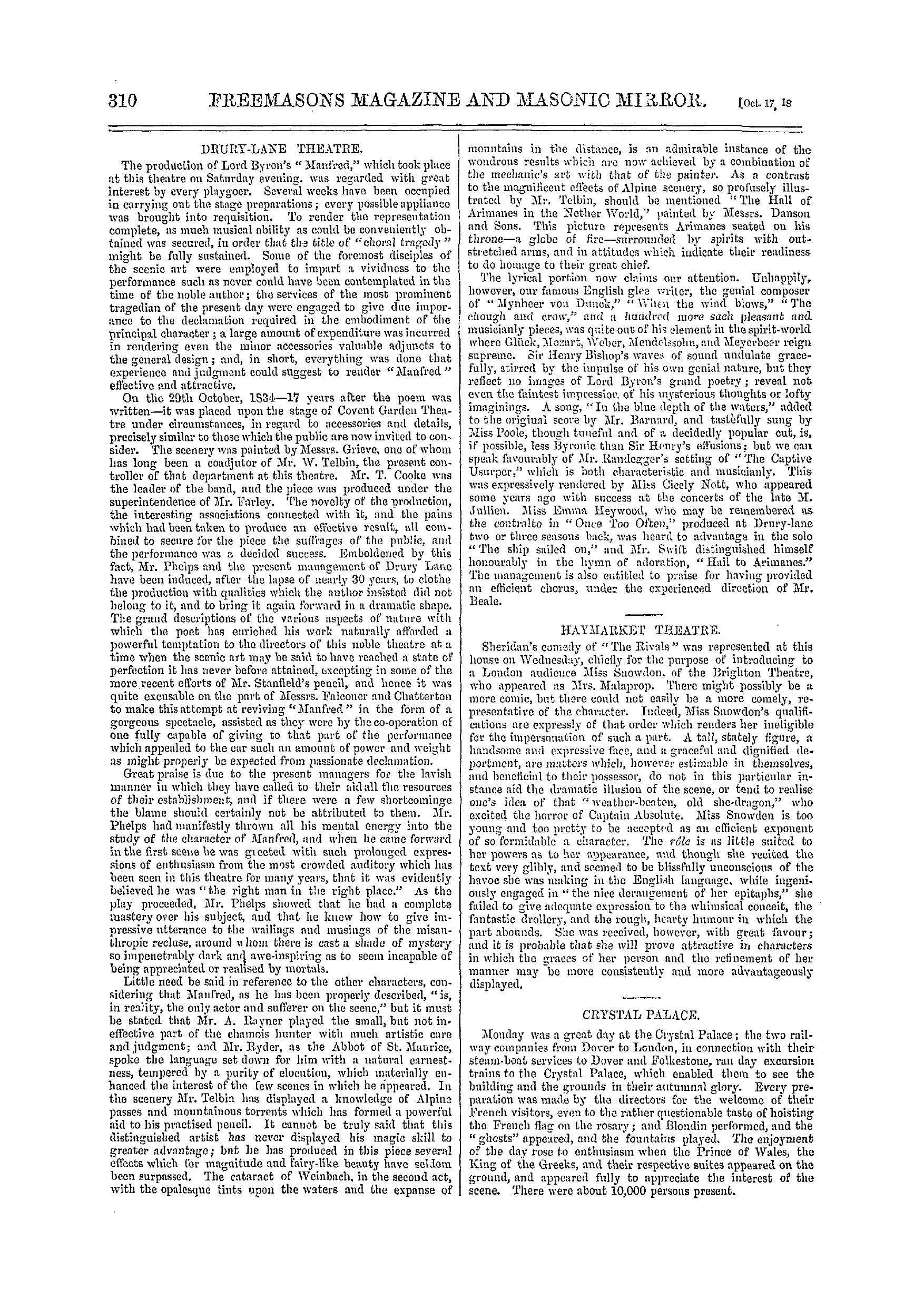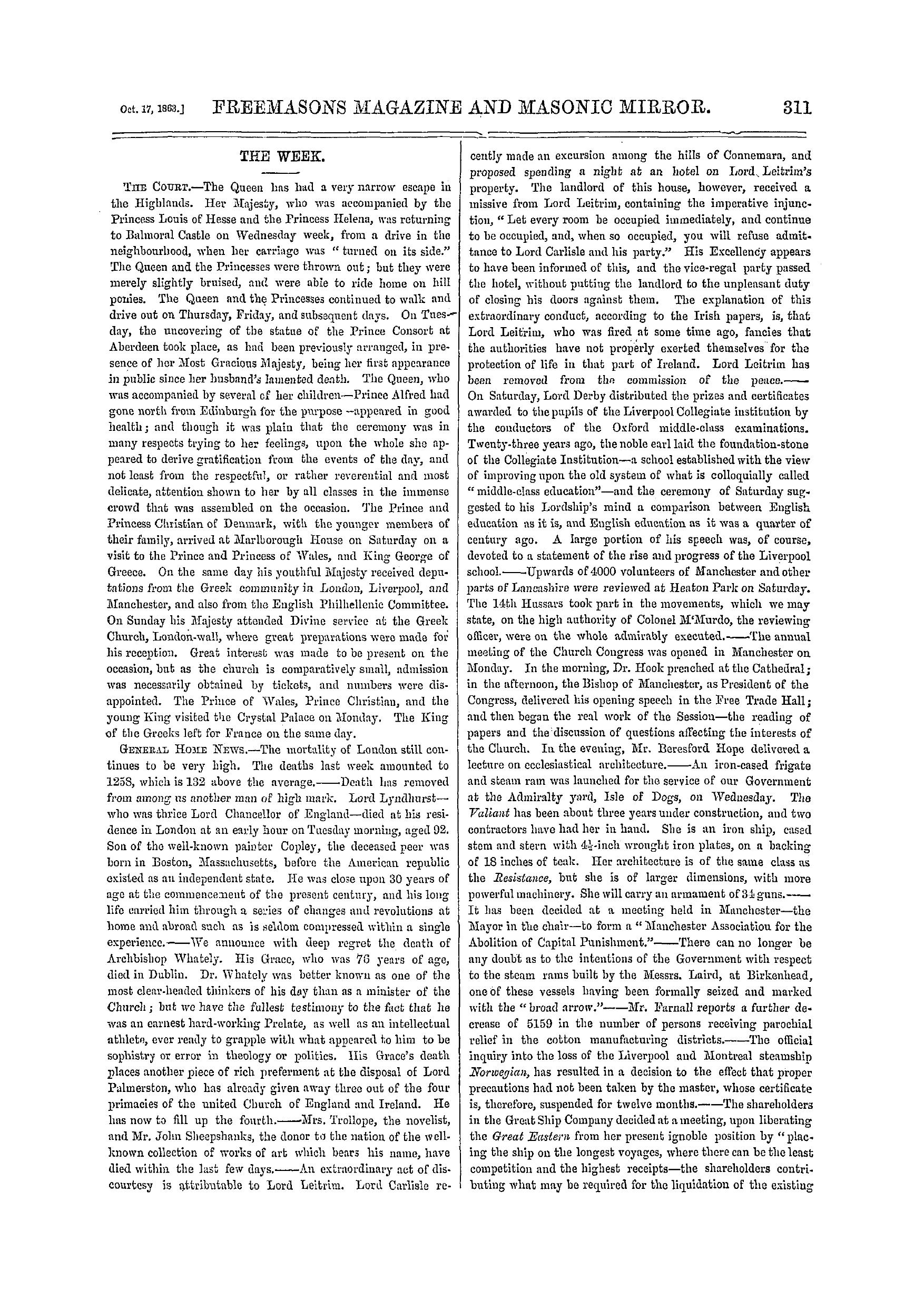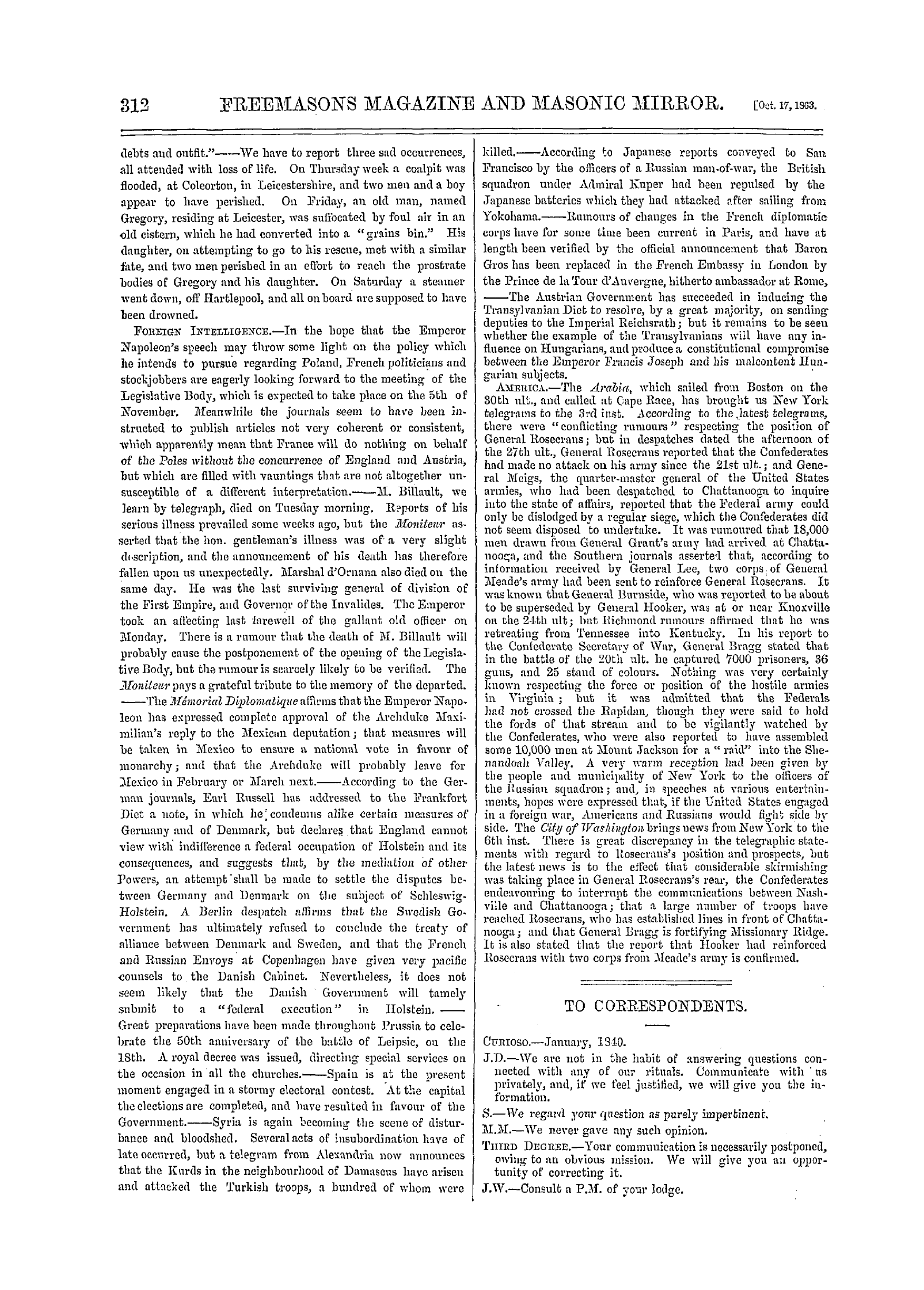Note: This text has been automatically extracted via Optical Character Recognition (OCR) software.
Vienna.
VIENNA .
( Jfroin the Builder . ) The change in Vienna during the last dozen years is very great . We have heard much at times of the decay of Austria , but Austria can evidently stand a great deal of ruining . The great event for the prosperity of the city was the removal of the fortifications —not yet completed—by which a large belt of land
, the glacis , surrounding the city proper , is made available for building , decorative , and recreative purposes , and will unite to thd latter the suburbs that extend widely on all sides . On the laud thus provided , on the southern side of the city , many large blocks of costly houses , five and six stories in height , have been
erected , French in character , with ornamented pilasters and friezes , bay windows , and handsome metalwork . One pile here , opposite to where the new opera-house is being erected , is six stories in height , including mezzanine , has projecting windows at the angles very highly decorated , statues in niches , and
so forth . The decorations are , for the most part , in cement and terra cotta , but parts , such as the projecting windows , are of stone . The carving is somewhat blunt on close inspection , but is , nevertheless , agreeable in the whole . Such a block includes a considerable number of residences , with inner courts The ceilings of the passage-ways are handsomely decorated with colour . The architect was the late Mr .
Ludwig I orster , editor of the Bawzeitung , a man of knowledge and ability . Close by , another block of residences has been erected from the designs of his son-in-law , Mr . Hansen . This has square turrets at the angles , surmounted by vases , containing aloes , probably of metal painted . The panels between the windows of the top story are decorated with painted
figures and arabesques on a gold ground . The rest of the building is of a cement and stone : the wallsurface of the first and second story is of a pale red , the remainder of a stone colour . The windows of the third story have caryatides on each side . The roadways here are very wide , contrasting strikingly
with the very narrow and tortuous streets of the city proper , which , moreover , have no trotloirs , and w here , by the way , the coachmen drive as if the life , or , at any rate , the legs of a pedestrian were not of the slig htest consequence . In one of the new roadways , Kamther Pving , in which stands one side of Mr . Eorster ' s houses alluded to above , two rows of trees ,
apparently a kind of ash , are planted , one on each side , separating it from the portions appropriated to walkers . On another part of the glacis , of which we were speaking , the Votive Church , often talked about , is being erected , somewhat slowly . It is an edifice of large size ( very nearly 800 feet long ) , and will
have two lofty open-work spires at the west end , and a fleclie at the junction with the transept . It is a reproduction and recombination of Geometric Gothic architecture , and very creditable in that point of view to TIerr Heiurich . Perstel , the architect . The parts are rather thin aud liny , but it is greatly
superior to anything of the kind heretofore done in these days iu Austria . Movement is evident in Vienna , and progress , too ; and that not only in our speciality , but elsewhere . Por example , it is notably seen in the introduction of the English system of banking , by the newly-formed " Imperial Eoyal Privileged Union Bank of Austria . "
Another new budding is the Arsenal , an enormous pile , including barracks , armoury , chapel , and storehouses , constructed mainly of brickwork , red in colour , with occasional stone dressings ; the whole displaying more thought , adaptation to present wants , —in short , more art , than we have elsewhere seen here . It wall be judged from what has been said
that there is no great architectural genius at present amove in Vienna . We are getting dull , however , amongst the brick and mortar of to-day , and must mix with it a little of the dust of antiquity . Let us run off , if but for a passing glance , " going along , " to one of the few buildings in Vienna bequeathed to the
world by the Middle Ages , and which we should " not willingly let die . " " W hatever makes the past , the distant , or the future predominant over the present raises us in the scale of thinking beings . Within the narrow circle of the present are comprised all our passions , all our appetites , all our , selfishness ,
and all our vices ; when you step beyond that circle , when you enter into the domain of the past , of the remote , or of the future , you at once step into the regions of pure intellect , of lofty imaginations , of noble aspirations . " Dr . Johnson , eloquent dogmatist , says so , and we will not stop to qualify the
assertion , agreeing fully in the leading idea . A walk round , into , and up St . Stephen ' s , the cathedral church , and literally the centre of the city , expands the mind , raises the aspirations , feeds with thoughts , and spiritualises , let us say , the beholder . The men of seven centuries ago have left us a bit of their
handiwork at the west front , and those of the fourteenth and fifteenth centuries , working on and off during 120 years , have given us the main fabric . We hear of Master Octavius Ealckner in connection with
the first part of the work , and of Jorg Ochsel and Anton Pilgram as architects , one after the other , of the present church . Underneath the elaborately carved pulpit in the nave is a sculptured bust of a man , as if looking out from an opening , and at the foot of the corbel that carries a small stone organ-loft projecting from the north wall of the nave near the
transept is a second bust . These are both said by some authors to represent Pilgram ; but we should rather agree with another writer , who says the bust under the organ-loft is intended for Ochsel , and that under the pulpit for his successor , Pilgram , who designed it . In the hand of the latter is a pair of
compasses : the figure under the organ-loft holds a square . The heads , on comparison , are quite different . On the top of the stone parapet of the steps to the pulpit is carved a string of toads , lizards , snakes , aud other reptiles devouring each other : there are twenty-nine of them : at the top nearest the pulit sits a dog .
p The stonework of the pulpit displays a large variety of Masons' marks , —very large considering the sinallness of the work . Here are representations of a few of them : —
The enormous scaffolding which has long disfigured
Note: This text has been automatically extracted via Optical Character Recognition (OCR) software.
Vienna.
VIENNA .
( Jfroin the Builder . ) The change in Vienna during the last dozen years is very great . We have heard much at times of the decay of Austria , but Austria can evidently stand a great deal of ruining . The great event for the prosperity of the city was the removal of the fortifications —not yet completed—by which a large belt of land
, the glacis , surrounding the city proper , is made available for building , decorative , and recreative purposes , and will unite to thd latter the suburbs that extend widely on all sides . On the laud thus provided , on the southern side of the city , many large blocks of costly houses , five and six stories in height , have been
erected , French in character , with ornamented pilasters and friezes , bay windows , and handsome metalwork . One pile here , opposite to where the new opera-house is being erected , is six stories in height , including mezzanine , has projecting windows at the angles very highly decorated , statues in niches , and
so forth . The decorations are , for the most part , in cement and terra cotta , but parts , such as the projecting windows , are of stone . The carving is somewhat blunt on close inspection , but is , nevertheless , agreeable in the whole . Such a block includes a considerable number of residences , with inner courts The ceilings of the passage-ways are handsomely decorated with colour . The architect was the late Mr .
Ludwig I orster , editor of the Bawzeitung , a man of knowledge and ability . Close by , another block of residences has been erected from the designs of his son-in-law , Mr . Hansen . This has square turrets at the angles , surmounted by vases , containing aloes , probably of metal painted . The panels between the windows of the top story are decorated with painted
figures and arabesques on a gold ground . The rest of the building is of a cement and stone : the wallsurface of the first and second story is of a pale red , the remainder of a stone colour . The windows of the third story have caryatides on each side . The roadways here are very wide , contrasting strikingly
with the very narrow and tortuous streets of the city proper , which , moreover , have no trotloirs , and w here , by the way , the coachmen drive as if the life , or , at any rate , the legs of a pedestrian were not of the slig htest consequence . In one of the new roadways , Kamther Pving , in which stands one side of Mr . Eorster ' s houses alluded to above , two rows of trees ,
apparently a kind of ash , are planted , one on each side , separating it from the portions appropriated to walkers . On another part of the glacis , of which we were speaking , the Votive Church , often talked about , is being erected , somewhat slowly . It is an edifice of large size ( very nearly 800 feet long ) , and will
have two lofty open-work spires at the west end , and a fleclie at the junction with the transept . It is a reproduction and recombination of Geometric Gothic architecture , and very creditable in that point of view to TIerr Heiurich . Perstel , the architect . The parts are rather thin aud liny , but it is greatly
superior to anything of the kind heretofore done in these days iu Austria . Movement is evident in Vienna , and progress , too ; and that not only in our speciality , but elsewhere . Por example , it is notably seen in the introduction of the English system of banking , by the newly-formed " Imperial Eoyal Privileged Union Bank of Austria . "
Another new budding is the Arsenal , an enormous pile , including barracks , armoury , chapel , and storehouses , constructed mainly of brickwork , red in colour , with occasional stone dressings ; the whole displaying more thought , adaptation to present wants , —in short , more art , than we have elsewhere seen here . It wall be judged from what has been said
that there is no great architectural genius at present amove in Vienna . We are getting dull , however , amongst the brick and mortar of to-day , and must mix with it a little of the dust of antiquity . Let us run off , if but for a passing glance , " going along , " to one of the few buildings in Vienna bequeathed to the
world by the Middle Ages , and which we should " not willingly let die . " " W hatever makes the past , the distant , or the future predominant over the present raises us in the scale of thinking beings . Within the narrow circle of the present are comprised all our passions , all our appetites , all our , selfishness ,
and all our vices ; when you step beyond that circle , when you enter into the domain of the past , of the remote , or of the future , you at once step into the regions of pure intellect , of lofty imaginations , of noble aspirations . " Dr . Johnson , eloquent dogmatist , says so , and we will not stop to qualify the
assertion , agreeing fully in the leading idea . A walk round , into , and up St . Stephen ' s , the cathedral church , and literally the centre of the city , expands the mind , raises the aspirations , feeds with thoughts , and spiritualises , let us say , the beholder . The men of seven centuries ago have left us a bit of their
handiwork at the west front , and those of the fourteenth and fifteenth centuries , working on and off during 120 years , have given us the main fabric . We hear of Master Octavius Ealckner in connection with
the first part of the work , and of Jorg Ochsel and Anton Pilgram as architects , one after the other , of the present church . Underneath the elaborately carved pulpit in the nave is a sculptured bust of a man , as if looking out from an opening , and at the foot of the corbel that carries a small stone organ-loft projecting from the north wall of the nave near the
transept is a second bust . These are both said by some authors to represent Pilgram ; but we should rather agree with another writer , who says the bust under the organ-loft is intended for Ochsel , and that under the pulpit for his successor , Pilgram , who designed it . In the hand of the latter is a pair of
compasses : the figure under the organ-loft holds a square . The heads , on comparison , are quite different . On the top of the stone parapet of the steps to the pulpit is carved a string of toads , lizards , snakes , aud other reptiles devouring each other : there are twenty-nine of them : at the top nearest the pulit sits a dog .
p The stonework of the pulpit displays a large variety of Masons' marks , —very large considering the sinallness of the work . Here are representations of a few of them : —
The enormous scaffolding which has long disfigured
